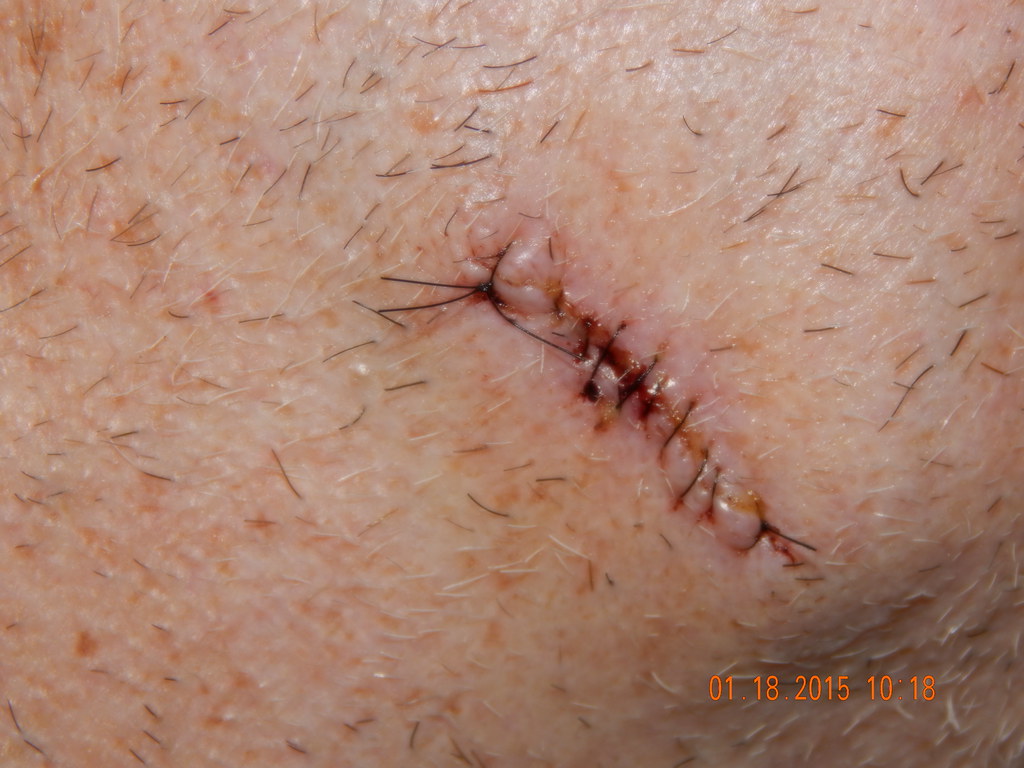Mohs micrographic surgery is a precise method used to treat skin cancers. The procedure involves removing thin layers of skin and examining them under a microscope to detect and eliminate cancerous tissue. This technique preserves as much healthy skin as possible. Mohs surgery has become one of the most effective and accurate methods for treating skin cancer today.
Success Rates of Mohs Surgery
With a success rate of over 99% for primary basal cell carcinoma (BCC) and squamous cell carcinoma (SCC), Mohs surgery is one of the most reliable treatments for skin cancer. It’s an excellent choice for addressing the most common types of skin cancer. Even in tougher cases, like recurrent or aggressive cancers, the success rate stays remarkably high, delivering effective outcomes for patients.
What sets this surgery apart is its precision. The technique is highly effective because it removes cancerous tissue layer by layer while preserving as much surrounding healthy tissue as possible. This is especially beneficial when treating cancers in cosmetically or functionally sensitive areas, such as the face, hands, or genitals. During the procedure, surgeons meticulously map out and examine each removed layer of tissue under a microscope, confirming every cancer cell is identified and removed without unnecessary damage to healthy skin.
This surgery is performed as an outpatient procedure under local anesthesia, providing patients with added convenience. This technique encourages the removal of all cancer cells, even in complex cases. Whether addressing an initial diagnosis or a recurrence, Mohs surgery provides effective outcomes for skin cancer treatment.
Benefits of Expert Care
The skill level of a Mohs surgeon directly influences the success of the procedure. Fellowship-trained Mohs surgeons undergo rigorous training that equips them with proficiency in both surgical precision and pathology interpretation. This dual expertise makes expert care reliable for identifying and removing cancer cells with extreme accuracy.
Another key benefit is the enhanced post-surgical cosmetic outcomes. Because Mohs surgery targets only the affected tissues, the procedure minimizes the unnecessary removal of healthy skin, leading to less noticeable scarring and a faster recovery. Patients often find this precision particularly beneficial for areas such as the face, neck, or hands.
Assessing Long-Term Outcomes
Long-term outcomes of Mohs surgery highlight its efficacy and durability. After a successful surgery, the likelihood of cancer recurrence is dramatically lowered compared to other treatment options. Studies demonstrate that a significant majority of patients remain cancer-free over several years post-procedure. For patients, regular follow-ups with a dermatologist are key for monitoring overall skin health and detecting potential new cancers. This is especially true for individuals with a history of multiple skin cancers or those at high risk due to factors such as extensive sun exposure or genetic predisposition.
Next Steps for Skin Cancer Treatment
Mohs surgery offers unmatched precision and effectiveness for treating skin cancers. If you or someone you know has been diagnosed with BCC or SCC, consulting a fellowship-trained Mohs surgeon is a valuable step toward healing. To discuss your condition or learn more about this treatment, schedule a consultation with a trained dermatology professional. Addressing your skin health promptly can make a significant difference in achieving effective long-term outcomes.

